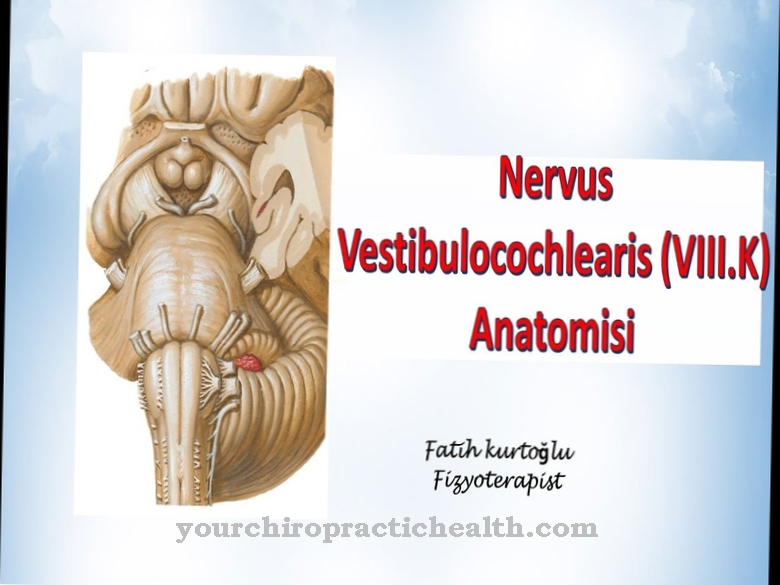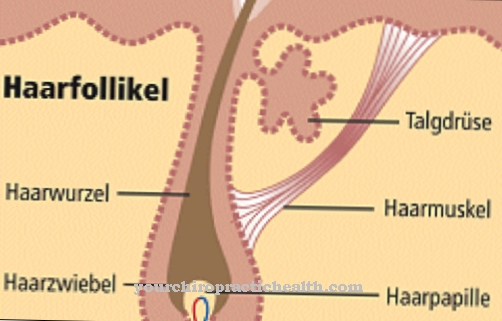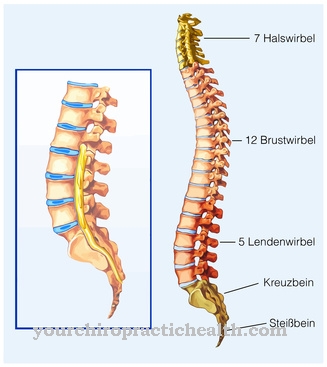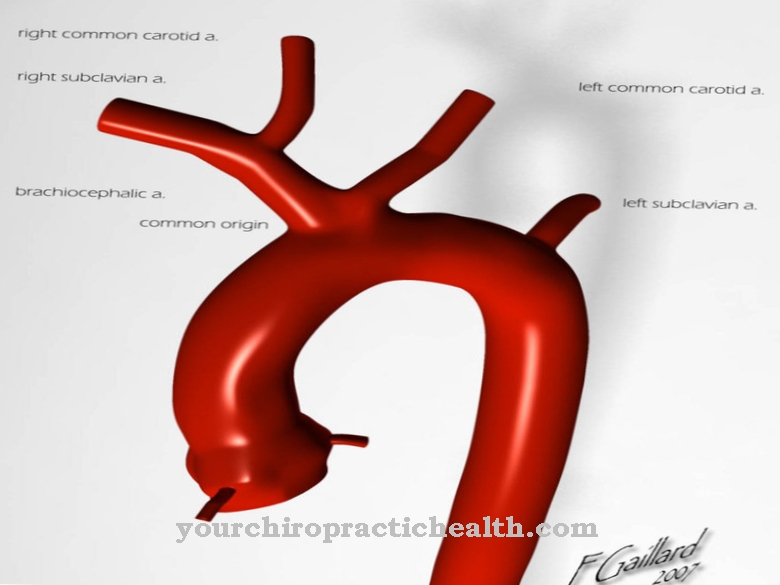The Microvilli are extensions of cells. For example, they can be found in the intestines, uterus, and taste buds. They improve the absorption of substances by increasing the surface area of the cells.
What are the microvilli?
The microvilli are thread-like protuberances on the tips of cells. Microvilli are particularly common in epithelial cells. These are the cells of pressure or glandular tissue, such as can be found in the intestine.
The purpose of the microvilli is often to improve the absorption of substances from the environment of the cell. The absorption can refer to the absorption of substances from the digestive tract as well as to the body's own substances.
Cells endowed with microvilli usually appear in groups; they often form a so-called brush border. In addition to the microvilli, there are other types of protuberances with which the microvilli are not to be confused. In contrast to the microvilli, cilia are not protuberances from the membrane but from the plasma and consist of microtubules. Stereocilia, on the other hand, consist of actin filaments like the microvilli, but like the cilia grow from the plasma.
Anatomy & structure
The microvilli have an average diameter of 0.8–0.1 µm. Their length is about 2–4 µm. The protuberance is on the apical side of the cell, i.e. H. at the top. This side is opposite the basement membrane, which is a specific section of the cell membrane. This area can be distinguished from the rest of the membrane under the light microscope. According to their respective function, the basement membrane orients itself towards other tissues, while the microvilli form the free surface of the cell or protrude into a lumen.
The outside of the microvilli is surrounded by a layer of various sugars and proteins known as glycocalyx. The microvilli each have a central bundle of fibers inside. This is composed of actin filaments. This is a protein that can also be found in muscles and in the cytoskeleton. The actin filaments stabilize the microvilli and contribute to their elongated to oval shape.
Between the individual actin filaments there are other proteins that hold the bundles together: fimbrin and fascin. On the sides of the microvilli, myosin-I filaments attach the actin bundles to the surface of the cell. Spectrin anchors the fibers to the cytoskeleton. Myosin and spectrin are also protein structures.
Function & tasks
The microvilli enlarge the surface of the cells and thereby improve the exchange of substances between the cell and the environment. In addition, the diffusion resistance at the microvilli is particularly low, which additionally promotes the transport of substances through the cell membrane. Within the microvilli, the cell forwards the absorbed substances with the help of actin filaments. They not only serve as a rail for transport, but also contract rhythmically. The pumping movements accelerate the forwarding of the substances inside the cell.
The glycocalyx, which forms a layer on the microvilli, determines the antigenic properties of the cell. Antigens are structures on the surface. They enable the immune system to identify objects and recognize potentially harmful foreign bodies. In addition, the glycocalyx allows the cell to be recognized. Cell adhesion - d. H. The attachment of tissue cells - also depends on the glycocalyx on the microvilli. In the intestine, the epithelial cells, which have microvilli, sit on the intestinal villi.
The intestinal villi are protuberances in the intestinal lining. In the same way that microvilli are extensions of cells, the villi are extensions of the lamina propria (skin) of the intestine. A thin layer of smooth muscle surrounds the lamina propria. In the duodenum it is also home to glands that release digestive juices. Intestinal villi and microvilli increase the surface area of the intestine considerably. For an adult it amounts to an average of 180 m². The enlarged surface allows the organism to absorb nutrients more efficiently and in this way to make optimal use of the food consumed.
Diseases
The microvilli represent the point of attack for the rotavirus. The double-stranded RNA virus spreads via faeces and leads to diarrhea, which is often slimy and yellow-brown to colorless. Vomiting and fever are other symptoms of infection. The rotavirus attacks the microvilli, which are located in the intestinal lining.
It selects only the tips of the microvilli for infection and no other cell types. After the cell is infected, the virus takes over metabolism by making the cell carry out its genetic make-up. In this way, the virus triggers a vacuolation: bubbles that are surrounded by their own membrane form in the cell body. During vacuolization, there are always several vacuoles that have no function for the cell itself.
The rotavirus also manipulates the structure of the cell's outer membrane, which loses its integrity as a result. As a result, the cell loses its protective skin and dissolves. Biology calls this process cytolysis. It leads to the death of the cell. The epithelium, whose cells with their microvilli play a central role in resorption, can no longer adequately fulfill its task. This results in the severe diarrhea that is characteristic of Rota infection. The immune system eventually forms antibodies against the virus, while the organism replaces the dead cells and forms new microvilli.













.jpg)

.jpg)
.jpg)











.jpg)